Mercury
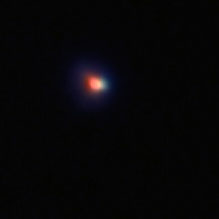
Mercury
is difficult to capture because it only appears every so often and only around
dusk or dawn. This picture was captured at prime focus with my SAC-7 on Washington University
Venus
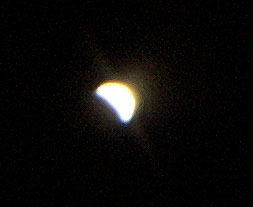
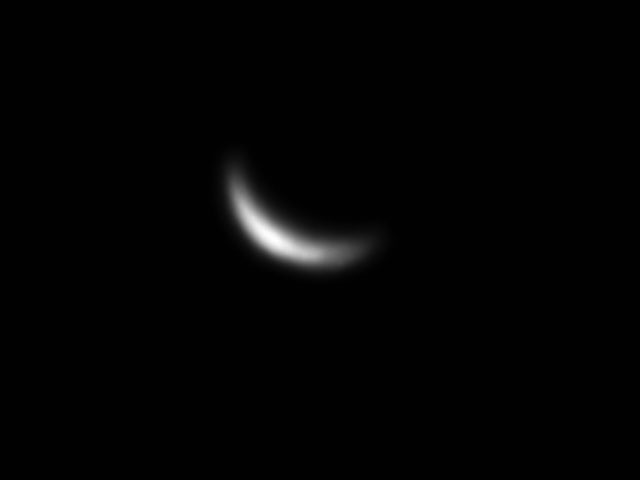
Besides
the sun and the moon (and occasionally comets), Venus is the brightest object
in the sky. The first picture was taken with my Kodak Digital Camera
and the second was with the SAC-7. It also shows phases very well.
Mars
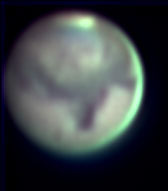

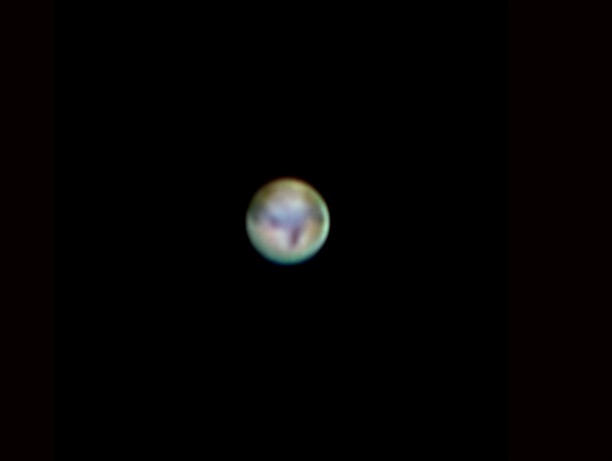
Mars was the closest it has been
to the earth in quite a while in August 2003. The images show the polar cap and
several surface features of Mars. They were taken at prime focus with the
QuickCam Zoom by stacking several hundred video frames. Also, it has been widely reported that
Mars will be as big as the full moon in August 2005. First off, Mars in NEVER as big as the
full moon. Second, The
third image was taken with Mars near opposition in October 2005.
Jupiter

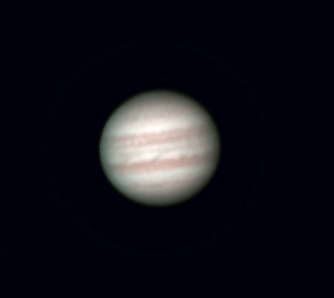
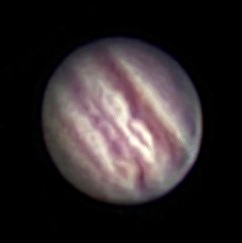
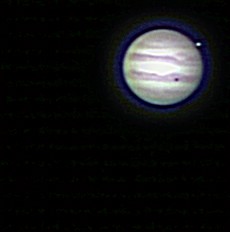
Jupiter is one of the brightest
objects in the sky. The most famous feature is the Great Red Spot: a storm the
size of many earths. Also, four of its moons are easily visible in binoculars.
The rest (many dozen) require very big telescopes, and a few weren’t
discovered until the Galileo spacecraft arrived at Jupiter. Both images were
taken with the SAC-7, but the one on the left was taken through my 12.5”
Dobsonian and the one on the right was taken by a 6” refractor. Note that in the one on the right, you
can see both Io and its shadow.
Saturn


Saturn is one of the best
objects to view in the sky. The photo above on the left was taken with a SAC-7.
The Cassini Division is clearly visible here. The photo on the right is one
that overexposes Saturn in order to pick up some moons. From top to bottom are
Titan, Rhea, Enceladus and Dione. Mimas is also barely visible on the upper
left part of Saturn.
Uranus
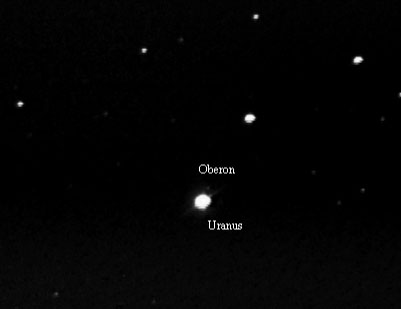
Though Uranus is techically visible to the naked eye, it was not
discoverd until the 1700's. The photo above was taken with the Sac-8 and about
a 10 second exposure. Also visible
is the dim moon Oberon

The photo above was taken with the Sac-8 and about a 10 second
exposure. Also visible is the dim
moon Titania (just above Uranus). All the moons of Uranus are named after
characters from plays of Pope or Shakespeare.
Neptune
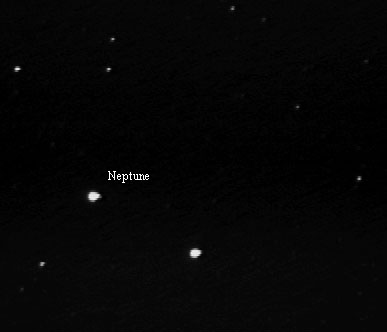
Pluto
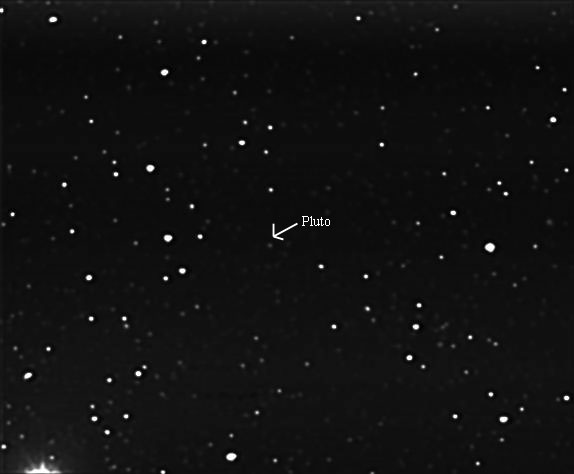
Pluto is always a challenge to view optically. From a moderately light-polluted site,
you need about a 20” telescope to see this. I have barely glimpsed this with my 12.5”
telescope from decently dark site.
The photo above was taken with the SAC-8.